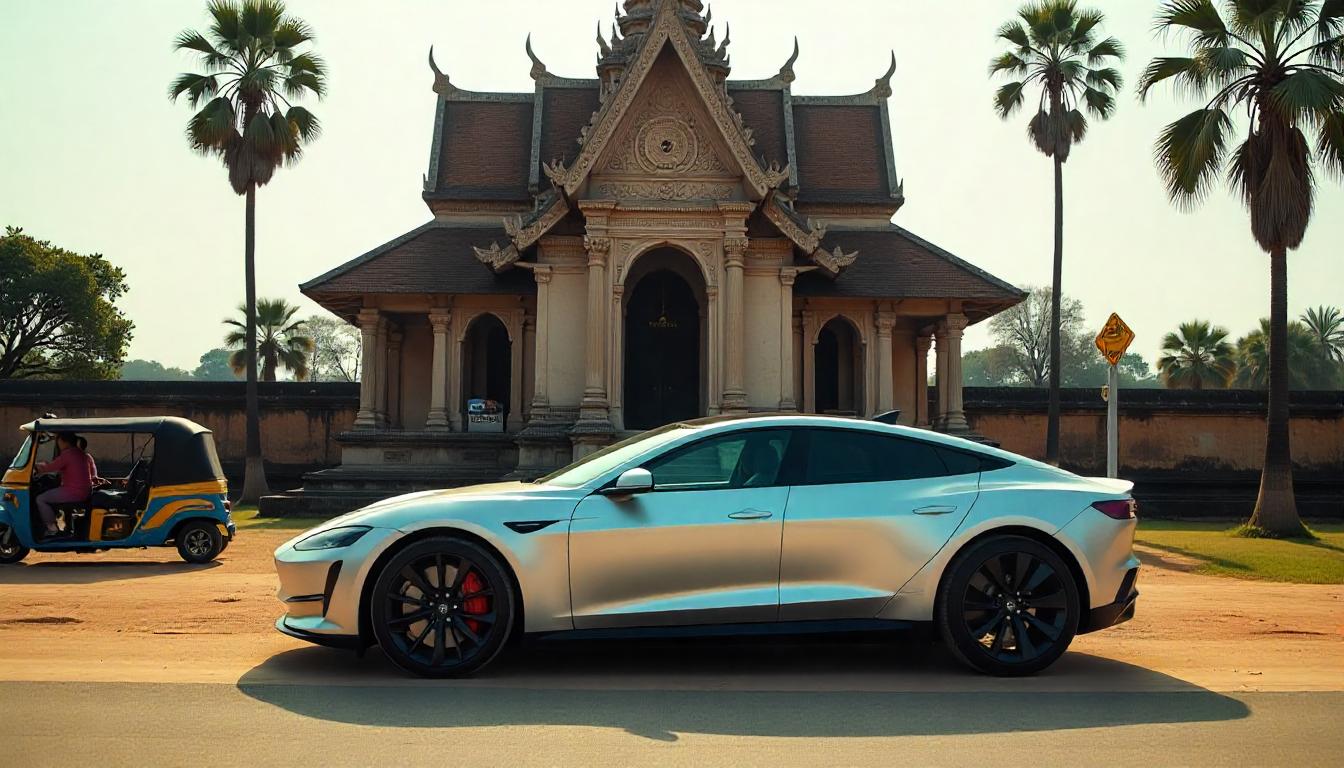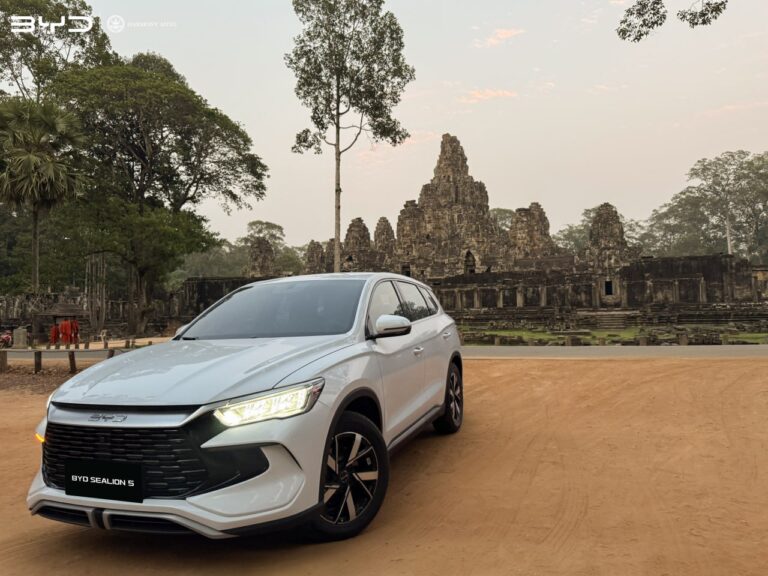Your Complete Guide: What You Need to Know Before Buying Your First Electric Vehicle (EV) in Cambodia

Hey everyone! The electric vehicle (EV) movement is rapidly gaining momentum here in Cambodia. With growing awareness about fuel efficiency and environmental sustainability, more and more Cambodians are considering making the switch to electric. This trend also signals significant investment opportunities in a burgeoning market. So, whether you’re a prospective EV owner or an investor eyeing this exciting sector, this comprehensive guide from Cambodia Green will walk you through the essential aspects of Cambodia’s EV landscape.
- 1. Popular EV Models and Market Growth: A Dynamic Landscape
- 2. Running Costs and Savings: A Smart Financial Choice
- 3. Charging Infrastructure: Building the Future of Mobility
- 4. Government Policies and Incentives: Fueling EV Adoption
- 5. Investment Opportunities in the EV Ecosystem
- Conclusion: A Greener Ride, A Brighter Investment
- Frequently Asked Questions (FAQs) about EVs in Cambodia
1. Popular EV Models and Market Growth: A Dynamic Landscape
The Cambodian market is witnessing an impressive expansion in EV models, ranging from accessible compact cars to luxury SUVs, alongside a vibrant selection of electric motorcycles.
- Cars: You’ll see brands like BYD, Ora Good Cat, and other imported models becoming increasingly common on Cambodian roads. This growing variety offers consumers more choices and reflects a healthy, competitive market.
- Motorcycles: Electric scooters and motorcycles are particularly strong performers, aligning well with daily commuting needs due to their efficiency and lower operating costs, contributing to cleaner urban environments.
2. Running Costs and Savings: A Smart Financial Choice
One of the most compelling advantages of EVs is the substantial savings on fuel. Electricity costs are generally lower than gasoline, especially with efficient home charging solutions. Furthermore, EVs typically feature simpler powertrains with fewer moving parts, leading to reduced maintenance requirements and lower long-term operational expenses compared to traditional internal combustion engine (ICE) vehicles. This financial benefit makes EVs an attractive option for both individuals and fleet operators.

3. Charging Infrastructure: Building the Future of Mobility
A robust charging infrastructure is crucial for widespread EV adoption.
- Home Charging: For most EV owners, home charging offers the utmost convenience and cost-effectiveness for daily power needs.
- Public Charging Stations: While still evolving, the number of public charging stations across Phnom Penh and other major provinces is steadily increasing. This expansion is supported by both private initiatives and government encouragement, aiming to build a comprehensive network of AC (standard) and DC (fast) chargers. This growth in infrastructure is a clear signal of market maturity and investment readiness.
- Charging Apps: User-friendly applications are emerging, providing real-time information on charging station locations and availability, streamlining the EV ownership experience.
4. Government Policies and Incentives: Fueling EV Adoption
The Cambodian government plays a proactive role in promoting EV adoption. Key policies include reductions in import duties and taxes on EVs, making them more affordable for consumers. These strategic incentives highlight the government’s commitment to fostering a sustainable transport sector and creating an attractive environment for businesses involved in EV sales, charging, and servicing. Such supportive policies are vital for stimulating market growth and attracting further investment.
5. Investment Opportunities in the EV Ecosystem
The rapid growth of the EV market in Cambodia presents diverse investment opportunities:
- EV Sales and Distribution: As consumer demand rises, opportunities for dealerships and distributors of various EV models are expanding.
- Charging Infrastructure Development: Investing in the establishment and expansion of public and private charging networks is a high-growth area.
- EV Services and Maintenance: The need for specialized EV service centers and skilled technicians will grow proportionally with the EV fleet.
- Battery Recycling and Management: Long-term opportunities lie in developing sustainable solutions for battery life cycle management.
Conclusion: A Greener Ride, A Brighter Investment
The electric vehicle sector in Cambodia is on an exciting trajectory, driven by consumer interest, economic benefits, and strong government support. Whether you’re looking to embrace a greener commute or explore compelling investment avenues, Cambodia’s EV market offers a vibrant and growing landscape. It’s truly a win-win for both people and the planet, making it an excellent time to get involved.
Frequently Asked Questions (FAQs) about EVs in Cambodia
- Q: Are electric vehicles more expensive to buy in Cambodia than gasoline cars?
- A: While the initial purchase price can sometimes be higher, government incentives like reduced import duties, coupled with lower running and maintenance costs, often make EVs more economical in the long run.
- Q: Where can I charge an EV in Cambodia?
- A: Most EV owners charge at home. Public charging stations, including both AC and DC fast chargers, are increasingly available in Phnom Penh and other major cities.
- Q: How far can an EV travel on a single charge in Cambodia?
- A: The range varies by model, but most modern EVs offer sufficient range for daily commutes and inter-provincial travel. Planning longer trips around available charging stations is advisable.
- Q: Does the Cambodian government offer incentives for EV buyers?
- A: Yes, the government has implemented policies such as reductions in import duties and taxes to encourage EV adoption.
- Q: What are the main investment opportunities in Cambodia’s EV sector?
- A: Opportunities include EV sales and distribution, developing charging infrastructure, providing EV maintenance services, and future prospects in battery recycling.



